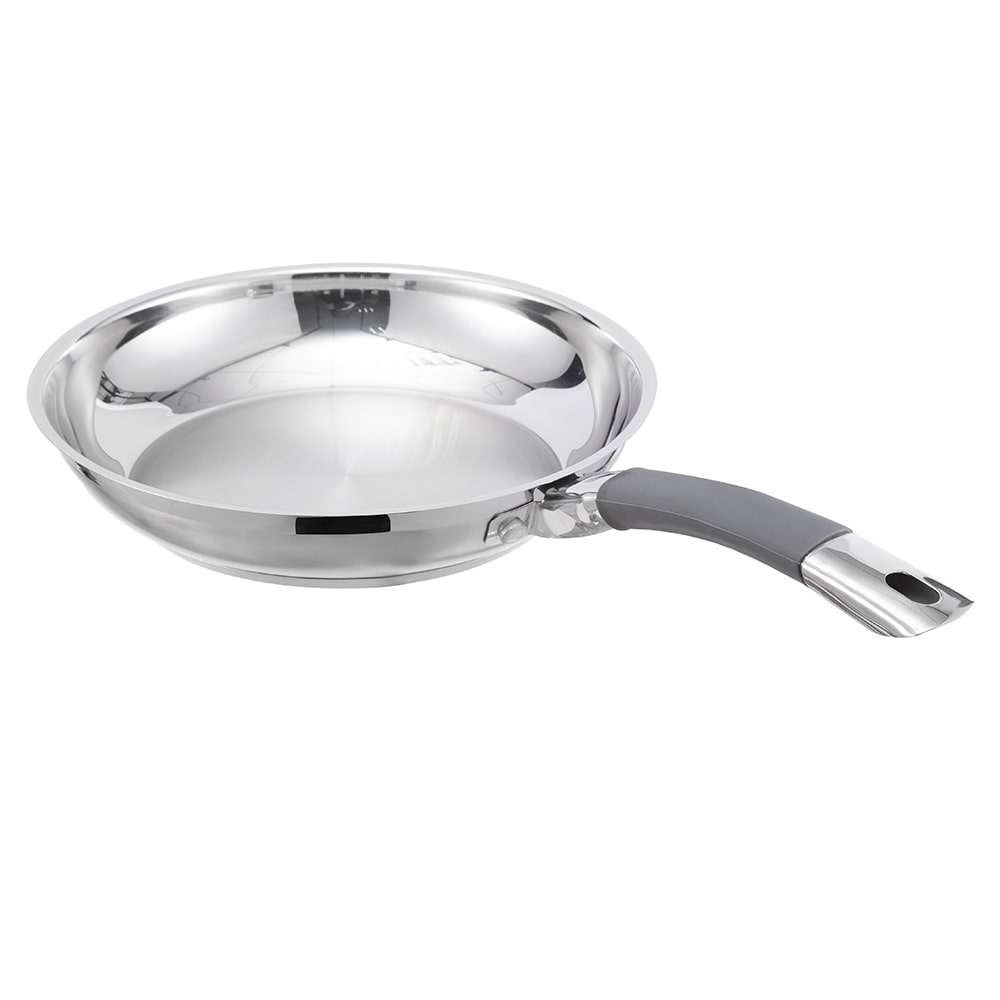A tri-ply nonstick frying pan without lid compatible with gas stovetops is a popular choice for home cooks and professional chefs alike. Its layered construction ensures even heat distribution, while the nonstick surface simplifies cooking and cleaning. However, to maximize its lifespan and performance, users must understand its durability, proper maintenance, and signs of wear.
1. How Durable Is the Tri-Ply Construction in This Nonstick Frying Pan?
The durability of a tri-ply nonstick frying pan largely depends on its material composition and manufacturing quality. Tri-ply refers to a three-layer construction, typically featuring an aluminum or stainless steel core sandwiched between two outer layers of stainless steel or other metals. This design enhances heat conductivity while minimizing warping, especially on high-heat gas stovetops.
Aluminum cores are common due to their excellent thermal responsiveness, but some premium models use a stainless steel core for added rigidity. The bonding between layers is critical—poorly bonded pans may delaminate under repeated high-heat exposure, leading to uneven cooking and structural failure.
Gas stovetops generate intense, direct heat, which can test a pan’s resilience. A high-quality tri-ply nonstick frying pan should maintain its shape even after prolonged use on gas flames. Warping is a common issue with cheaper pans, as thin or unevenly distributed materials expand inconsistently. Consumers should look for pans with reinforced edges and thick gauge construction to prevent deformation.
Additionally, the nonstick coating must adhere securely to the metal base. Inferior coatings may chip or peel when subjected to rapid temperature changes, such as moving from a hot gas burner to cold water. A well-made tri-ply nonstick pan will resist such damage, provided it is used within recommended temperature limits.
2. Is the Nonstick Coating High-Heat Resistant and Scratch-Proof?
The nonstick surface is arguably the most critical component of a tri-ply nonstick frying pan without lid compatible with gas stovetops. Most modern coatings are PTFE (polytetrafluoroethylene)-based, ceramic, or a hybrid of both. PTFE coatings are highly effective but degrade at extremely high temperatures (typically above 500°F/260°C), releasing harmful fumes. Ceramic coatings, while more heat-resistant, may wear faster with frequent use.
Gas stovetops can reach higher temperatures than electric or induction burners, making heat resistance a crucial factor. A high-quality pan should specify a maximum safe temperature, often around 400–450°F (204–232°C) for PTFE-based coatings. Exceeding this threshold not only risks coating damage but also poses health hazards.
Scratch resistance is another concern. While nonstick pans are marketed as easy to clean, abrasive tools (metal spatulas, steel wool) can quickly degrade the surface. Silicone, wood, or nylon utensils are recommended to prolong the coating’s lifespan. Some manufacturers apply reinforced nonstick layers, such as diamond-infused coatings, which offer better scratch resistance but at a higher cost.
A well-maintained tri-ply nonstick frying pan should retain its slick surface for years. However, improper use—such as overheating, stacking without protective layers, or using metal utensils—can drastically shorten its lifespan.
3. How Should You Clean and Maintain This Pan for Maximum Lifespan?
Proper cleaning and maintenance are essential for preserving a tri-ply nonstick frying pan without lid compatible with gas stovetops. Unlike traditional cast iron or stainless steel pans, nonstick surfaces require gentler care to avoid damage.
Cleaning Best Practices
- Cool Before Washing: Sudden temperature changes (e.g., rinsing a hot pan in cold water) can weaken the bond between the nonstick layer and the metal base. Allow the pan to cool slightly before cleaning.
- Use Mild Detergents: Harsh chemicals can degrade the coating over time. A soft sponge with warm, soapy water is typically sufficient.
- Avoid Abrasive Tools: Steel wool or scouring pads should never be used. Nylon brushes or non-abrasive sponges are safer alternatives.
Storage and Handling
- Stack with Care: If stacking pans, place a soft cloth or paper towel between them to prevent scratches.
- Avoid High-Heat Empty Cooking: Preheating an empty nonstick pan on high heat can damage the coating. Always use low to medium heat settings.
Dishwasher Safety
While some tri-ply nonstick frying pans are labeled dishwasher-safe, hand washing is generally recommended. Dishwasher detergents can be harsh, and prolonged exposure to high heat and water jets may accelerate wear.
4. What Are Common Wear-and-Tear Signs, and When Should You Replace It?
Even the best tri-ply nonstick frying pan without lid compatible with gas stovetops will eventually show signs of wear. Recognizing these indicators helps prevent unsafe cooking conditions and declining performance.
Signs of Coating Failure
| Symptom |
Implications |
| Flaking or Peeling |
The nonstick layer is deteriorating, potentially contaminating food. |
| Persistent Sticking |
The coating has lost effectiveness, requiring more oil for cooking. |
| Discoloration |
Overheating may have damaged the pan’s surface integrity. |
Structural Issues
- Warping: A warped pan no longer sits flat on the gas burner, leading to uneven cooking.
- Loose Handle: Rivets or welds may weaken over time, compromising safety.
Once a pan exhibits significant coating damage or structural flaws, replacement is advisable. Continuing to use a compromised tri-ply nonstick frying pan can affect cooking results and even pose health risks if the coating mixes with food.
A tri-ply nonstick frying pan without lid compatible with gas stovetops offers excellent heat distribution and easy food release, making it a versatile kitchen tool. However, its longevity depends on proper use, maintenance, and timely replacement when wear becomes evident. By understanding its construction, heat limitations, and care requirements, users can maximize performance while ensuring safe, efficient cooking for years.
 No. 1, Jingwei Road, Yangcheng Lake Town, Xiangcheng District, Suzhou City, China
No. 1, Jingwei Road, Yangcheng Lake Town, Xiangcheng District, Suzhou City, China [email protected]
[email protected] +86-13913553688
+86-13913553688
 search
search
 中文简体
中文简体 English
English русский
русский Français
Français Español
Español 日本語
日本語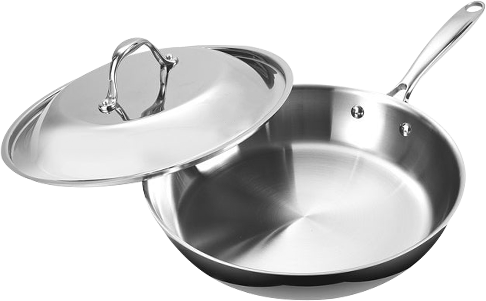
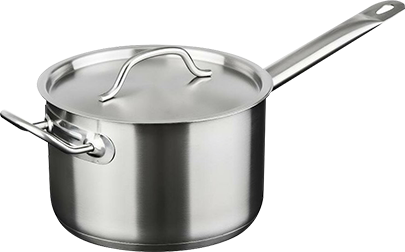

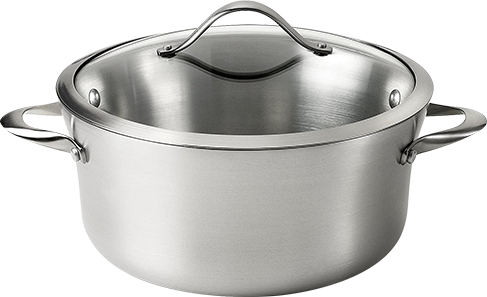
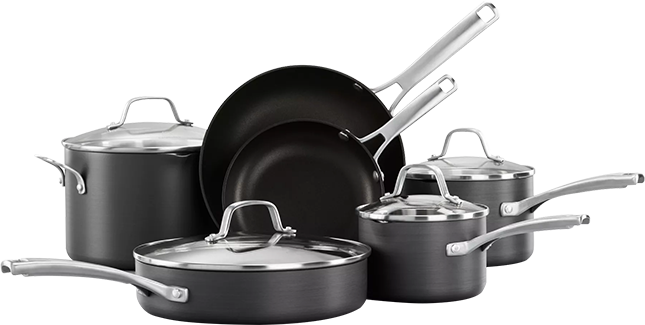


-4.jpg)
-1.jpg)
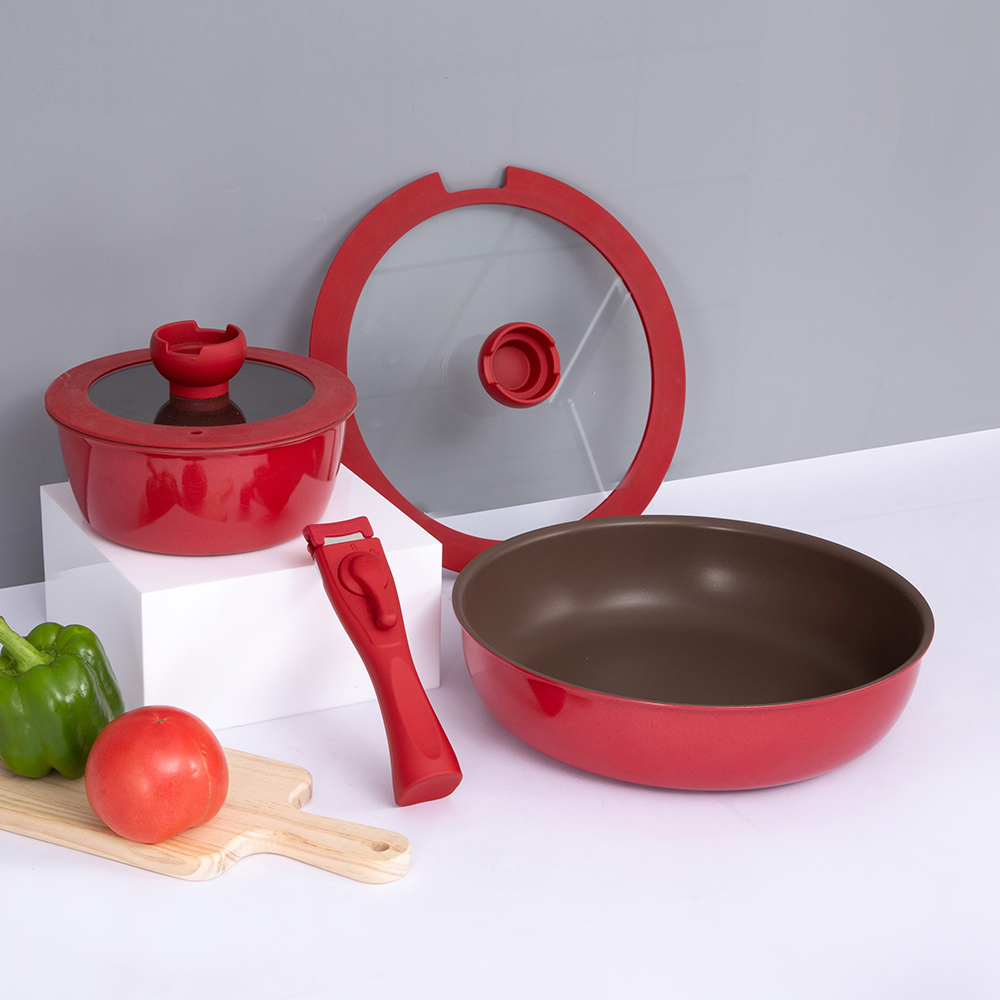
-3.jpg)
-5.jpg)
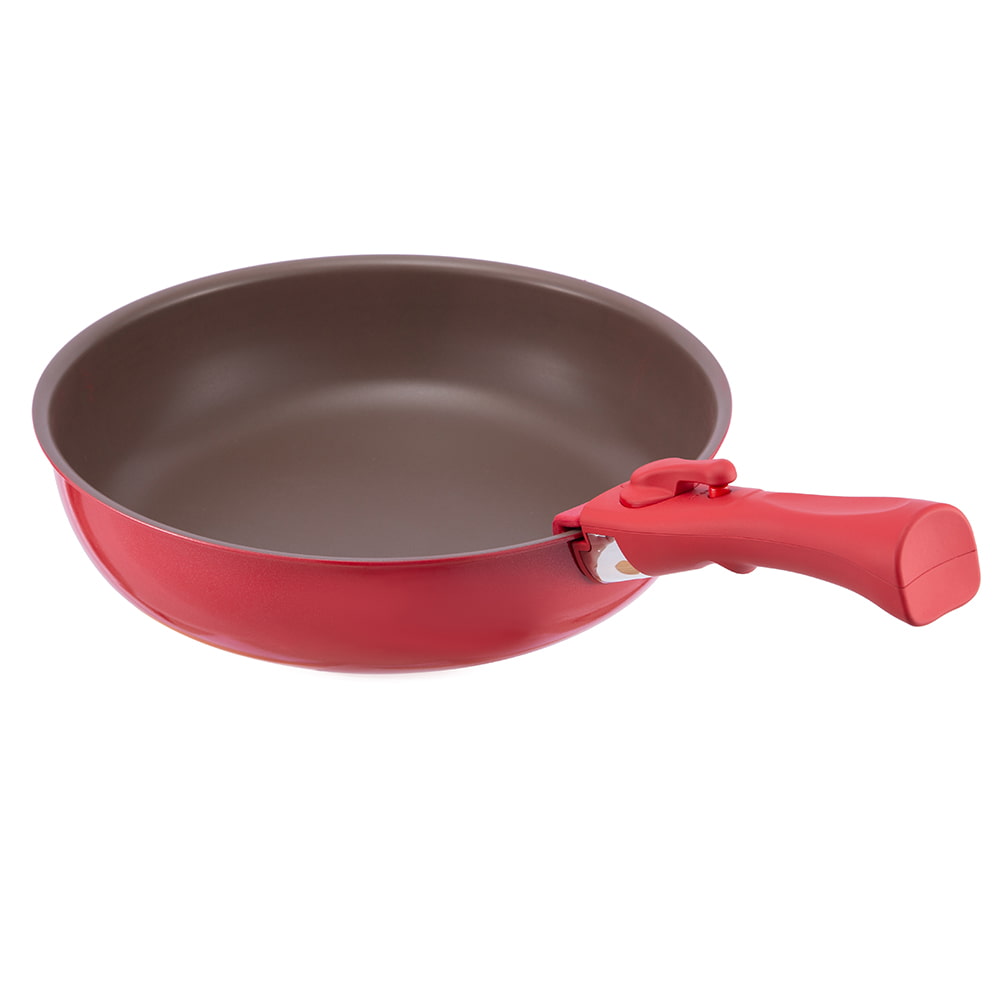
-3.jpg)
-9.jpg)
-3.jpg)
-14.jpg)
